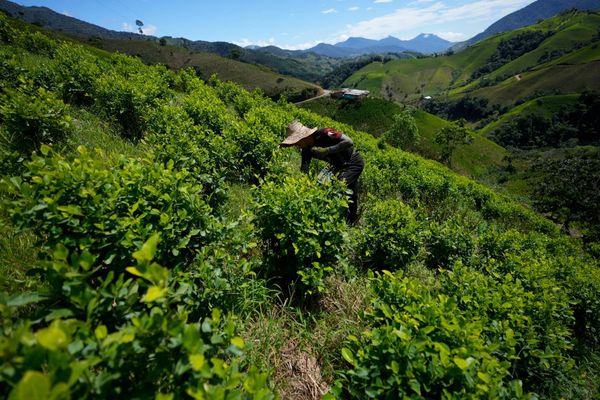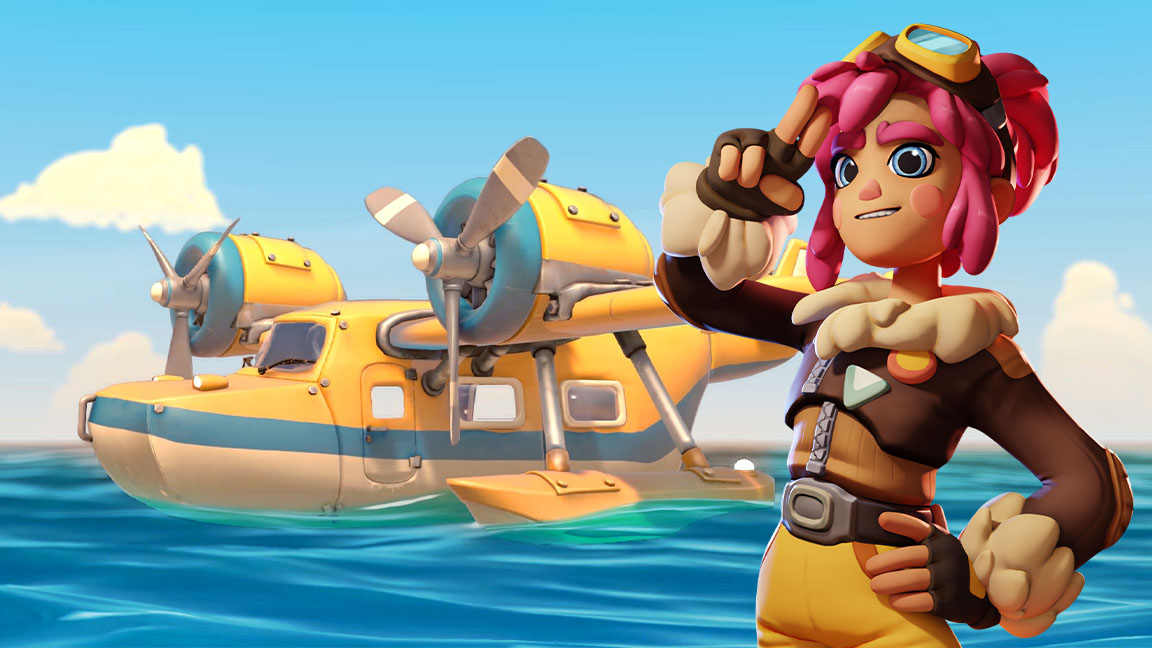
With the rise of cosy games, which is less a genre and more of an aesthetic vibe, developers are always needing to find ways to differentiate themselves. A case in point was Wanderstop earlier this year, which tried to subvert things narratively. For Lou's Lagoon, indie developer Tiny Roar's key aim is to differentiate itself through the game's feel.
Lou's Lagoon is an adventure game where you control a player-created character on a journey to find their missing uncle, the titular Lou. But within that are elements of resource-gathering, crafting, and building that you'll find in many community-building life sim games that often have that cosy moniker.
According to Robert Koch, studio co-founder and game director, Nintendo games were a big inspiration on how their gameplay elements should feel, though the game he has in mind isn't Animal Crossing: New Horizons, with its deliberately slow and mundane way of doing things.
"The whole idea is that you get more of the sense that you are playing a platformer like a Mario game, where you always have this kind of feeling for the character that has impact," he tells me.
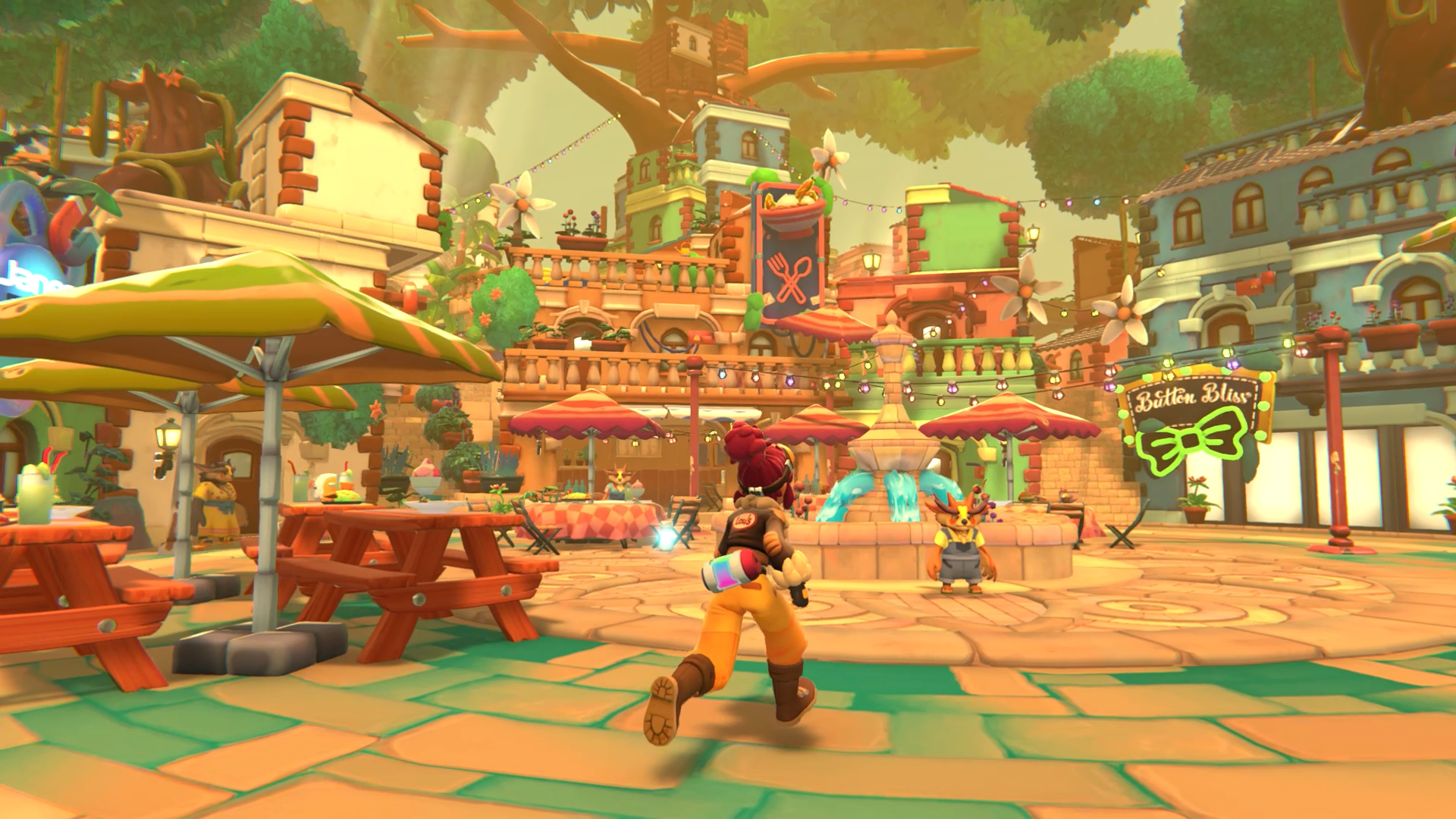
A novel influence
But while Robert namechecks Nintendo's mascot plumber, it would be more appropriate to reference his brother Luigi. Because in Lou's Lagoon, one of your main tools for crafting and building comes from a device called the Swirler 2000. It's a fancy omni-tool that operates like the vacuum cleaner in the Luigi's Mansion series, used for aiming then sucking in all kinds of nearby resources, but which can then also spit them back out to instantly craft anything from bridges to buildings.
"Luigi's Mansion was definitely something we talked about especially how everything is reacting to the vacuum cleaner, and using the Swirler just feels great even when doing the most basic thing of gathering resources," Robert says, while also crediting Slime Rancher as another example of a different way of thinking about game design by combining first person shooter gameplay in a cosy and colourful farm and life sim.
Lou's Lagoon isn't just set on an island, however, but rather an archipelago, so there are multiple islands you can explore, traversable with your very own seaplane via an overworld map that's quite reminiscent of The Legend of Zelda: Skyward Sword, which Robert admits was an inspiration.
"It's not an open world in the sense that we do not have a streaming system because we thought there were so many pitfalls from a development perspective, so we thought of Skyward Sword, which has short cutscenes," he explains. "So you get into your plane, have this little cut scene when the plane starts, and in the best case, the game already starts to load the overworld, so it at least feels a little bit seamless even though it's loading.
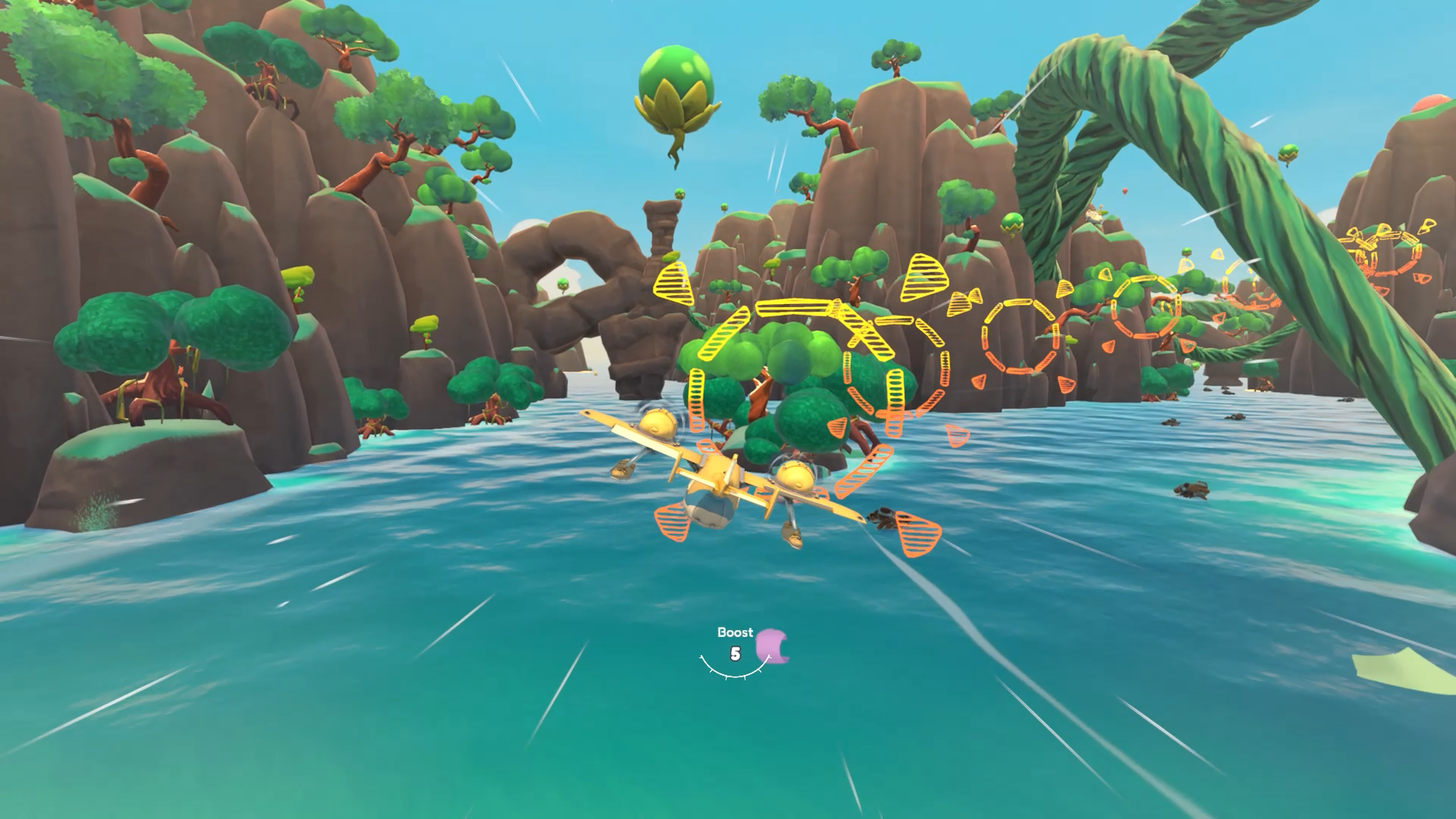
Multiple islands also allow opportunities to add variety to each locale as its biome. This could easily follow very generic tropes, like forests, volcanoes, and deserts, but Robert, who had been primarily an art director at Tiny Roar while Lou's Lagoon is his debut as game director, believes it's important to mix up tropes to create something new.
"We said, let's not do an actual volcano but more like something on the back of a giant crab, but when you run on that island, you see these little particles fly around that look a bit like fire so it's reminiscent of a volcano but it's not," he explains. "Then there's a coral reef, but as an island with squid fish kind of characters. We always try to break a little bit with the stereotypes in a sense."
The same can be said about the various inhabitants you encounter on each island, who aren't just anthropomorphised animals but an unusual mixture of species. "It was really important that we always have this mixture, and we always try to combine different kinds of species into one. So Hefti, whom you meet at the very beginning, has a shark tail and fur a bit like a dog, but is also a walrus. A lot of people will be like, 'okay, this looks familiar', but there's still something strange or different to it."
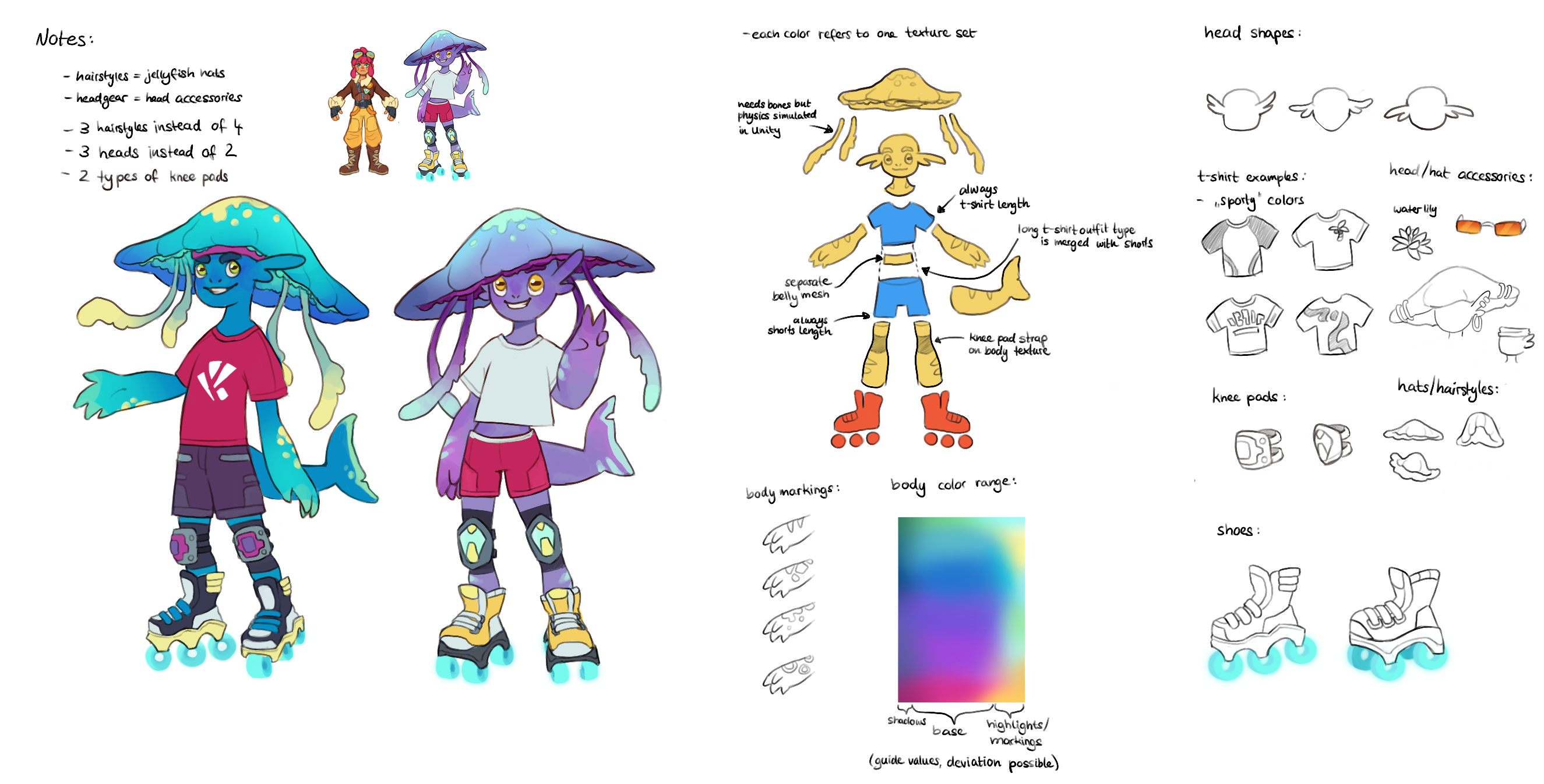
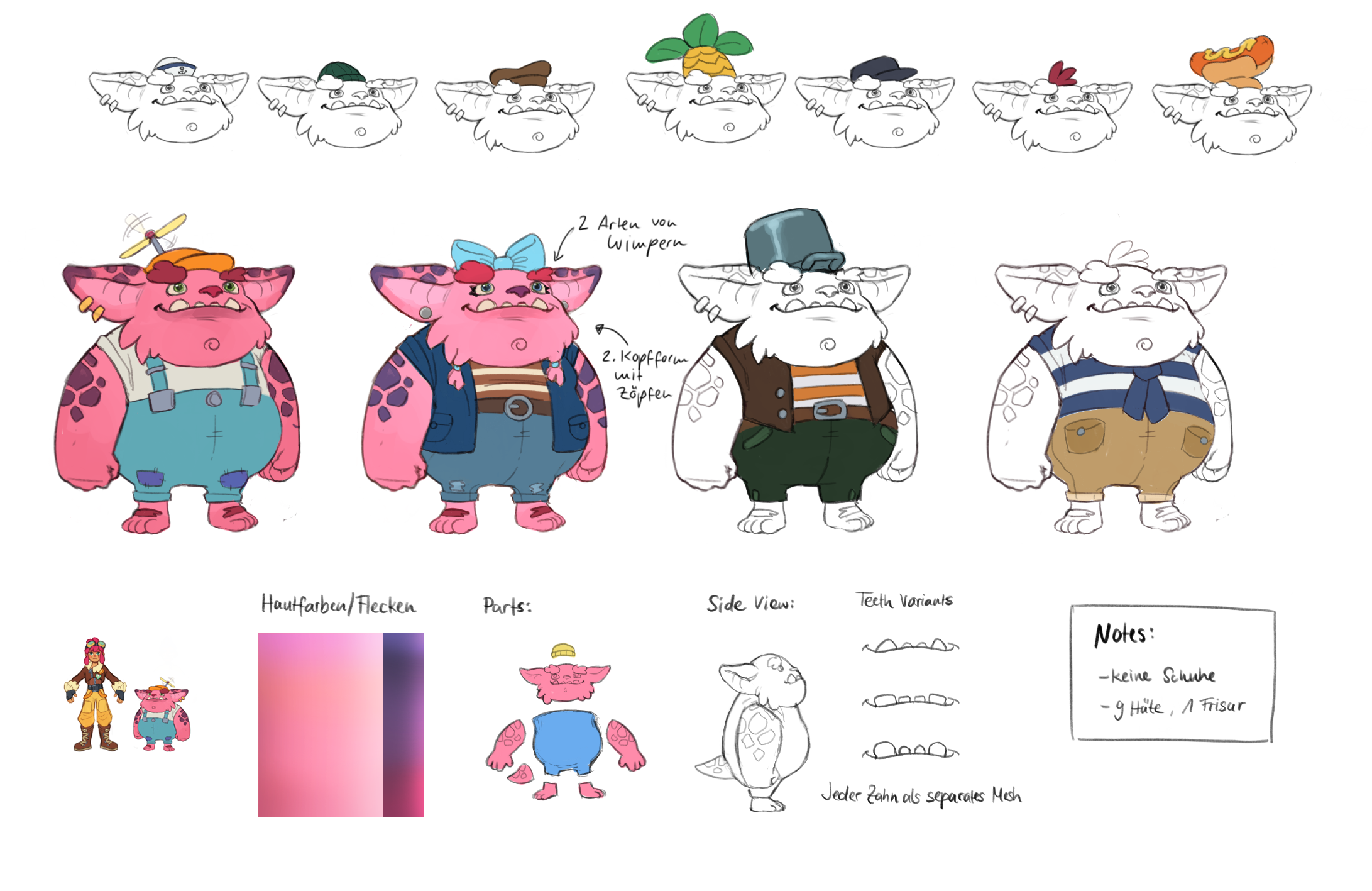
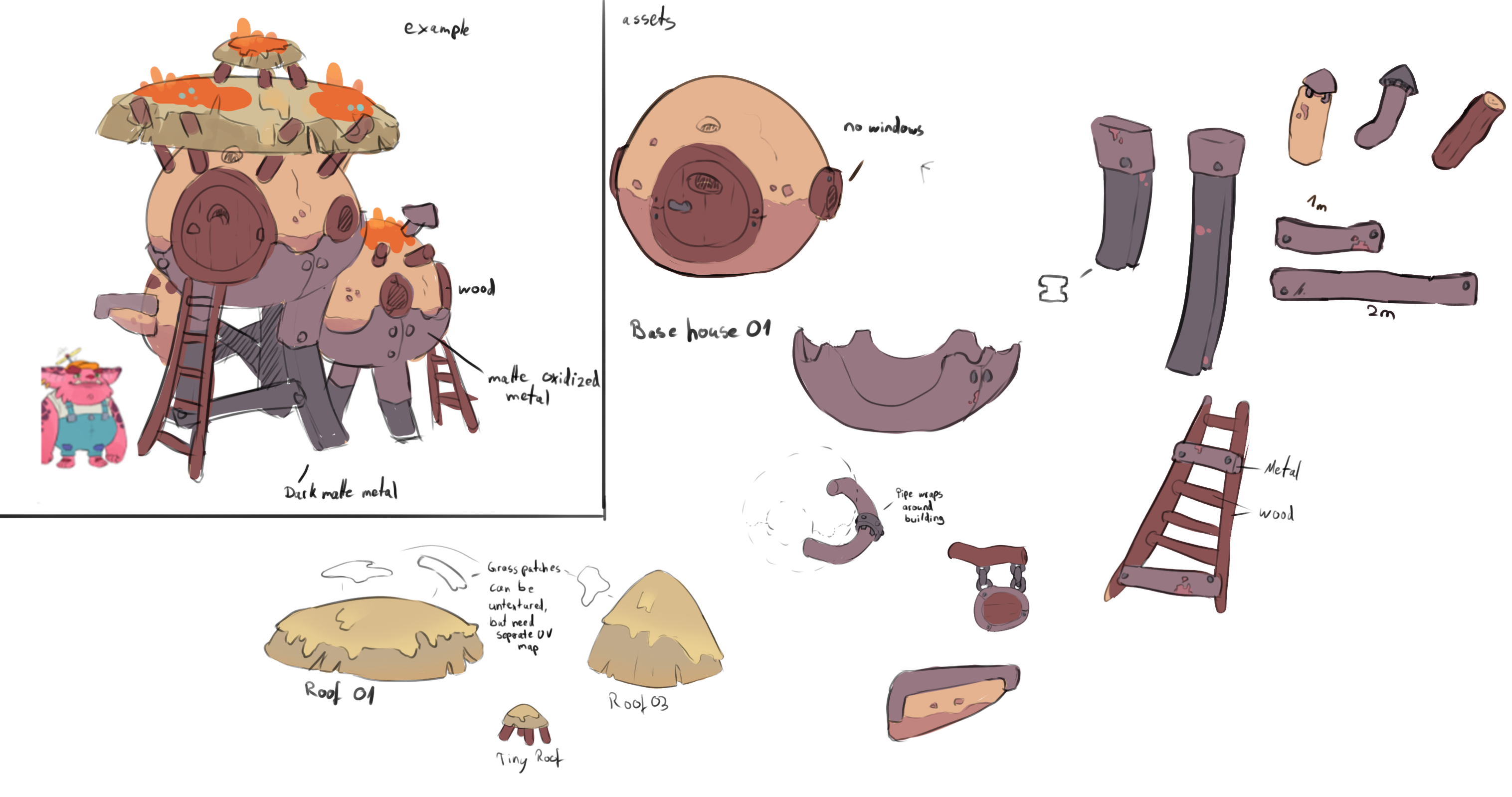
Pixel art nostalgia
Besides focusing on family-friendly designs, Robert also adds that other considerations included ensuring everything was rounded, so that characters weren't rough, pointy or sharp-angled.
"We also always try to make everything really colorful, so our saturation slider is always a little bit higher than it maybe should be," Robert explains, adding that a softer approach also evolved the shaders the team made, which were originally closer to cel-shading.
He adds: "Usually you would get really dark shadows so that they get really black, but we developed a system where we can modify it so that for example, you get a little bit of blue when you are in a sandy area, or the green of the grass so that it always looks a bit more vibrant. It's shaded but not PBR shaded, it's something in between. The whole idea is to get more of this feeling of a Pixar-animated movie."
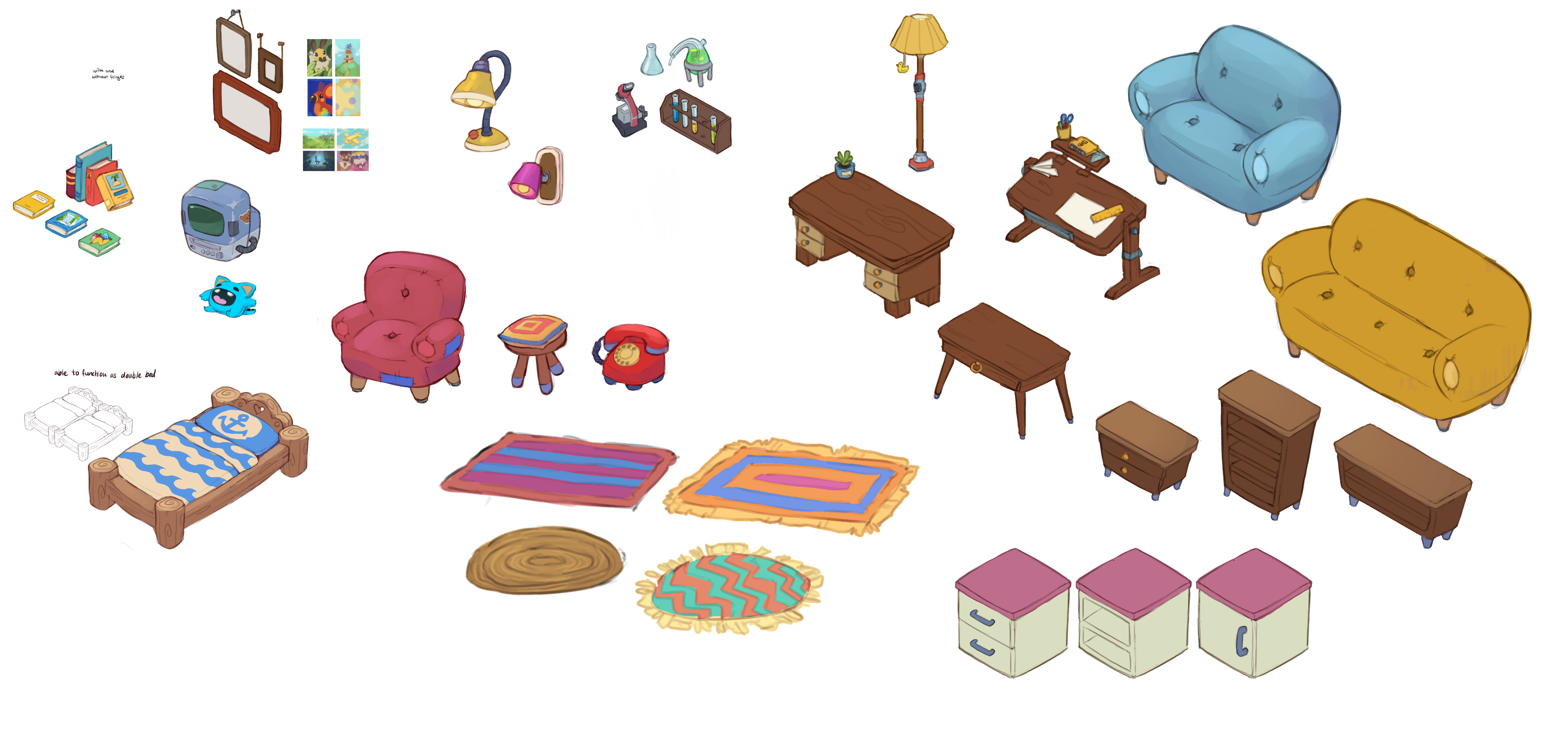
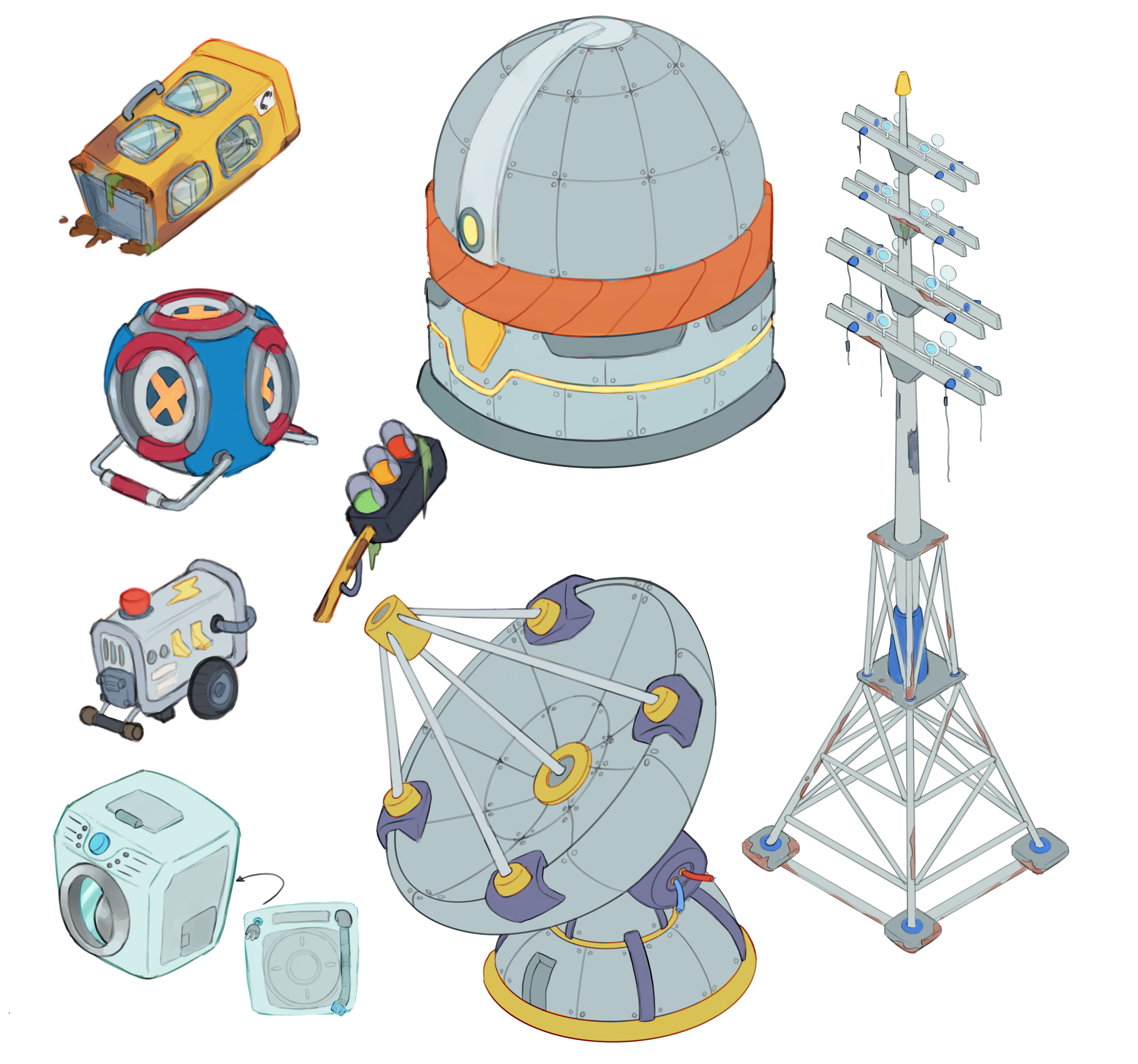
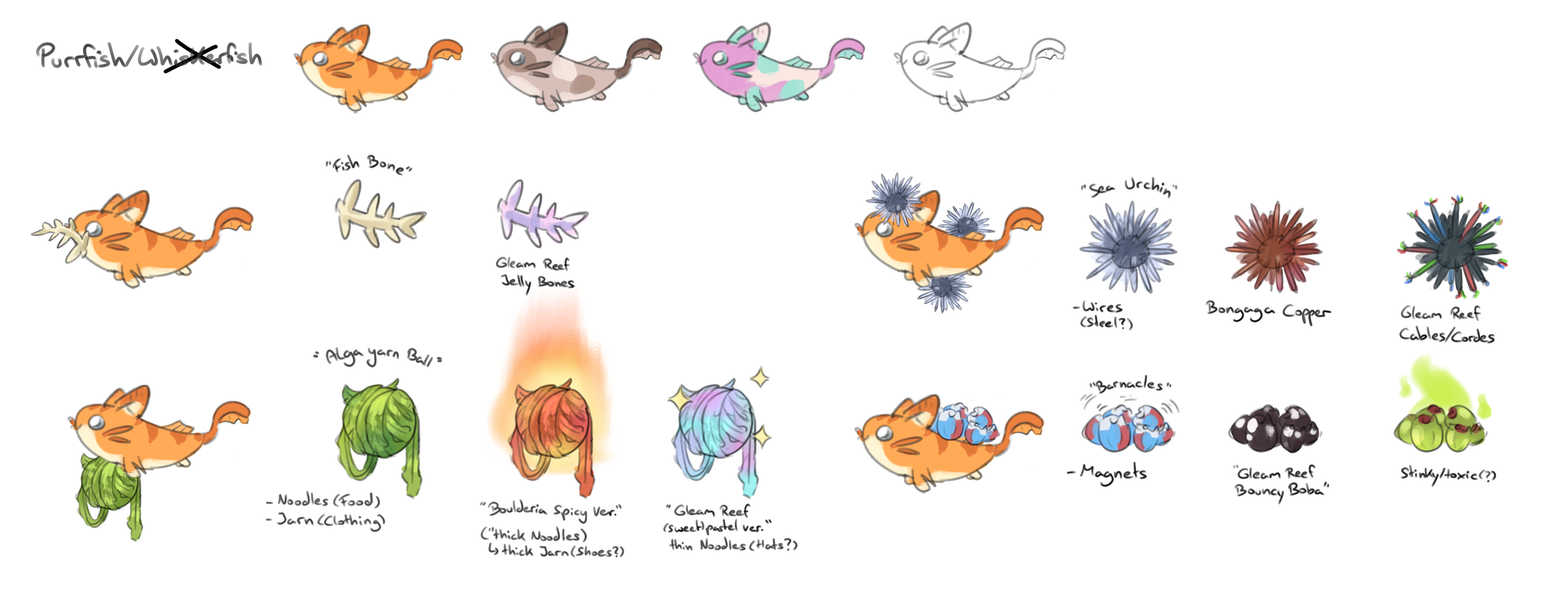
Lou's Lagoon is coming to PC, though a release date has yet to be announced. Visit the Megabit website for more details. Inspired? Read our guide to the best no-code game dev software.

